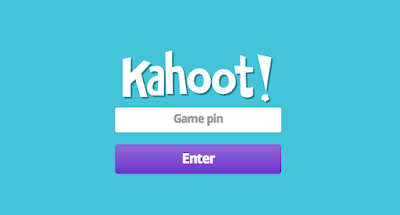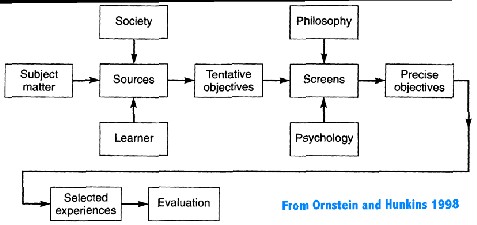Hello Viewers!
Today I'm going to talk about my last class of Curriculum Development. 6th December 2016 was the last class of Curriculum Development. On this last day, Dr Ng recapped what we have studied throughout the semester. Besides that, Dr Ng also checked our assignment progress and instructs us how to correct the mistakes in the assignment. On the same day, we get to know that Dr Ng will be no more in our institution and this semester would be her last as a lecturer. I was so sad after I heard that because it will be great lost for us. I really love Dr Ng's class😍 and only in her class I won't feel sleepy. Yes...She is very different from other lecturers. This is because whenever she teach something, she will ask all of solely whether we understand what she have taught us or not. This could be the reason why I liked her so much. Other than that, she also checks our assignment progress on every meetings. Hhmm... I'm gonna miss so much. No one could replace her place. Thank you Dr Ng for guiding us to the right path throughout this semester. I hope I will meet Dr Ng somewhere one day. As a memory, we snapped a photo with Dr Ng.
Other than I mentioned above, Dr Ng also advice us to read carefully the questions in the finals and answer properly all the questions given.
I think that's all for the last class.
I would like to take this as my opportunity to thank Dr Ng and my fellow classmates. All the best for the finals guys. Good Luck.
Have A Great Day..
Thank you😃




















